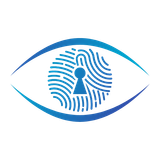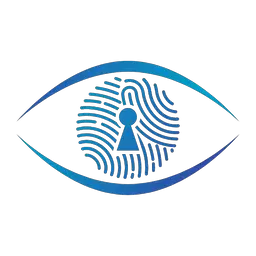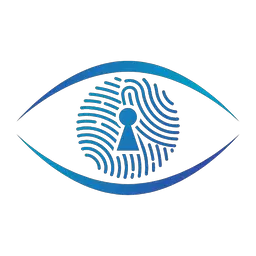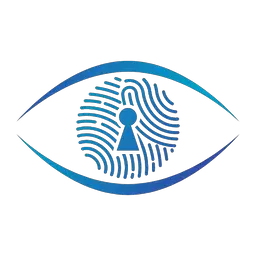Navigating Denmark's Digital Imperatives: A 2025 Compliance Roadmap for Businesses

Denmark, a global leader in digitalization, finds itself at a pivotal moment in 2025, grappling with a complex cybersecurity landscape and an ambitious drive for digital sovereignty. For businesses operating within or with Denmark, understanding the evolving regulatory and threat environment is paramount for ensuring robust compliance and resilience. This year marks significant milestones in the nation's efforts to fortify its digital defenses and redefine its technological independence.
The NIS2 Directive: A New Era of Cybersecurity Accountability
A cornerstone of Denmark's compliance landscape in 2025 is the full implementation of the EU's Network and Information Security 2 (NIS2) Directive. This directive, transposed into Danish law as the "NIS-2-loven," significantly expands the scope of cybersecurity obligations.
Key compliance deadlines and impacts include:
- Entry into Force: The Danish NIS2 Act officially enters into force on July 1, 2025. On the same day, the Centre for Cyber Security (CFCS) portal, a crucial tool for compliance, also goes live.
- Expanded Scope: This directive dramatically broadens the number of entities covered, from approximately 1,000 under NIS1 to around 6,000 entities across 18 critical sectors. These sectors include manufacturing, energy, healthcare, digital infrastructure, finance, and public administration, meaning many businesses not previously regulated will now be in scope.
- Mandatory Self-Registration: Companies operating in these critical sectors must complete mandatory self-registration by October 1, 2025, through the CFCS portal. This requires self-assessment to determine if an entity is "Essential" (VE) or "Important" (VI) based on employee count or turnover, with some services like telecoms and DNS providers automatically included regardless of size.
- Severe Sanctions and Executive Liability: Non-compliance carries substantial penalties. "Essential Entities" face fines up to €10 million or 2% of global turnover, while "Important Entities" can be fined up to €7 million or 1.4% of turnover, along with daily penalties and public naming. Furthermore, amendments to the Companies Act introduce executive liability, meaning boards risk personal sanctions if they fail to approve and oversee proper cybersecurity programs.
- Incident Reporting: NIS2 mandates a structured incident reporting process, requiring an alert within 24 hours, an update within 72 hours, and a final report within 30 days via the CFCS/NIS portal.

The Ministry for Society Security & Preparedness (MSSB) and CFCS offer self-assessment tools and guidance to help companies navigate these new obligations.
The Cyber Resilience Act: Securing Digital Products from the Start
Another significant EU regulation impacting compliance for manufacturers and vendors is the Cyber Resilience Act (CRA), which aims to improve cybersecurity for products with digital elements. While the CRA generally applies from December 2027, its adoption in October 2024 sets a clear direction for compliance.
Key aspects of CRA for businesses include:
- Common Standards: The CRA introduces common cybersecurity standards for digital products, including required incident reports and automatic security updates. This means manufacturers must conduct cyber risk assessments before products enter the market and ensure security throughout the product lifecycle.
- Incident Notification: Companies will be required to notify the EU cybersecurity agency ENISA of any incidents within 24 hours of becoming aware of them.
- Fines for Non-Compliance: Failure to comply can result in fines of up to €15 million or 2.5% of the offender's total worldwide annual turnover. Non-commercial open-source developers are exempt from these fines.
- "Secure by Default" Principles: The act aims to rebalance responsibility towards manufacturers, imposing a duty of care for the lifecycle of products, rather than relying on consumers to establish basic security.
"Chat Control": A Contentious Privacy Challenge
Denmark's EU Council Presidency, from July 1, 2025, is actively pushing for proposals dubbed "Chat Control," which advocate for mass scanning of encrypted messages for potential child abuse material. A vote is expected by October 14, 2025.

The proposed compromise:
- Requires technology companies like Signal and WhatsApp to scan all encrypted messages and communications before they are transmitted.
- Mandates "vetted technologies" and AI/machine learning algorithms to detect known and previously unknown child abuse images.
- Asks users of encrypted services to consent to monitoring of images, videos, and URLs, with non-consenting users potentially facing content restrictions.
- Stipulates that detection technologies for end-to-end encrypted services will be certified to ensure they do not weaken encryption.
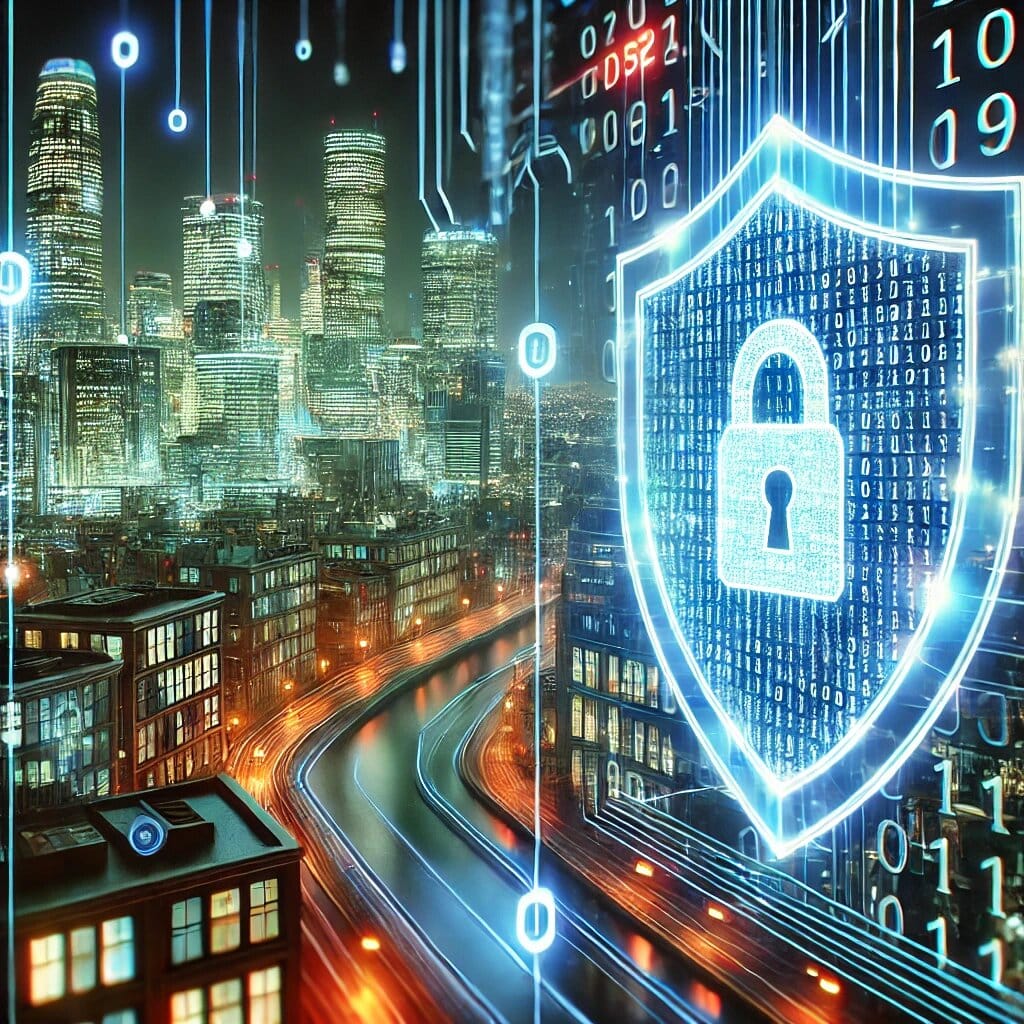
This initiative faces significant opposition from security experts, cryptographers, and tech companies, who warn it is technically unfeasible and would "completely undermine" the security and privacy of all European citizens. Opponents argue it introduces "suspicionless mass surveillance" and creates vulnerabilities that could be exploited by hackers and hostile nation states. Some companies, like Tuta Mail and Signal, have indicated they would take legal action or withdraw services from the EU rather than compromise end-to-end encryption. This proposal presents a major compliance dilemma where businesses may need to balance legal obligations with ethical and security concerns.
Strengthening Digital Sovereignty: Reducing Dependency, Fostering Innovation
Beyond these regulatory initiatives, Denmark is aggressively pursuing a strategy to reduce its heavy reliance on non-European technology, particularly from US companies, to enhance its digital sovereignty. This move is motivated by concerns over security, economic resilience, regulatory control, and geopolitical implications.
- Phasing Out Microsoft: The Danish Ministry of Digitalisation has begun phasing out Microsoft Office 365 and Windows in the public sector, opting for open-source alternatives like LibreOffice and Linux. Cities like Copenhagen and Aarhus are also actively exploring and transitioning to European alternatives.
- Recommendations for Autonomy: Reports advocate for creating interministerial action groups for digital sovereignty, developing emergency plans for potential loss of access to non-European technology, and conducting tests of available Danish and European tech solutions.
- Investment in Domestic Cybersecurity: Denmark has launched an DKK 18 million (€2.4 million) initiative in April 2025, funding seven research and innovation projects from April 2025 to December 2027. These projects aim to strengthen Danish SMEs in cybersecurity, focusing on secure software development, critical digital infrastructure monitoring, and security in AI systems, thereby fostering a stronger domestic ecosystem for cybersecurity solutions.
- EU Alignment: Denmark's efforts align with broader EU goals to "build" rather than just "regulate" digital sovereignty, investing in robust digital foundations, scalable alternatives, and interoperability by design.
The Unrelenting Cyber Threat: Driving Compliance Urgency
These compliance initiatives are underscored by a continually evolving and high-stakes cyber threat landscape.
- High Threat Levels: The Centre for Cyber Security (CFCS) assesses the threat from cyber espionage and cybercrime as "VERY HIGH", with cyber activism rated "HIGH" and destructive cyberattacks "MEDIUM".
- Telecom Sector Targeted: In March 2025, the CFCS elevated the cyber threat level for the telecommunications sector from "medium" to "high," citing intensified state-sponsored espionage campaigns from China, Russia, and Iran aiming to steal sensitive data and prepare for potential destructive attacks.
- Supply Chain Vulnerabilities: A concerning development in May 2025 was the discovery of unexplained electronic components embedded in imported circuit boards for energy infrastructure, highlighting a critical need for physical hardware security in global supply chains. This directly relates to the CRA's emphasis on product security.
- Past Major Incidents: The May 2023 cyberattack on 22 Danish energy companies, leveraging unpatched Zyxel firewalls and showing indications of state actor involvement, serves as a stark reminder of the potential for systemic vulnerabilities and coordinated attacks.
- OT System Compromise: In late December 2024, a small Danish water utility plant was attacked by pro-Russian cyber activists who manipulated water pressure via operational technology (OT) systems, temporarily disrupting water supply.
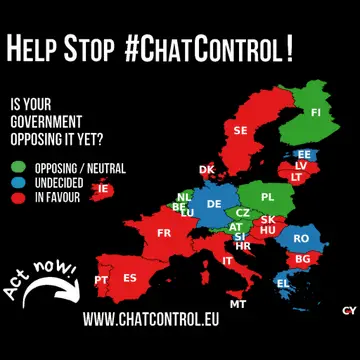
Navigating Compliance in 2025: Key Actions for Businesses
To thrive in Denmark's evolving digital landscape, businesses must adopt a proactive and comprehensive compliance strategy:
- Prioritize NIS2 Compliance: Immediately assess your entity type (Essential or Important), conduct a gap analysis against Article 21 requirements, and ensure mandatory self-registration by October 1, 2025.
- Elevate Cybersecurity to the Boardroom: With executive liability under NIS2, ensure your cybersecurity strategy is formally approved and regularly reviewed at the executive level.
- Strengthen Supply Chain Security: Implement robust measures for supply chain risk management, including component verification and traceability, third-party audits, and zero-trust principles, especially for critical products.
- Review Encryption and Data Handling: Carefully evaluate the implications of "Chat Control" proposals on your services involving encrypted communications, particularly if they fall under the proposed scanning mandates, and consider the legal and ethical challenges.
- Proactive Threat Mitigation: Continuously monitor threat assessments (e.g., from CFCS), ensure regular patching and updates for all software and firmware, and implement strong security measures like multi-factor authentication, network segmentation, and incident response plans.
- Invest in Digital Literacy and Training: Address the "human element" by providing continuous cybersecurity training for all employees, fostering a culture of security where mistakes can be reported without fear.
- Consider Open-Source Alternatives: Explore the feasibility of open-source solutions to reduce dependency on a few global providers and enhance control over your digital infrastructure, aligning with Denmark's strategic direction.
Denmark's 2025 agenda underscores a clear message: digital resilience and sovereignty are not merely technical concerns but fundamental requirements for economic stability, national security, and societal trust. For businesses, proactive engagement with these compliance imperatives is not just about avoiding penalties, but about securing a competitive and trustworthy position in a hyper-digitalized future.

